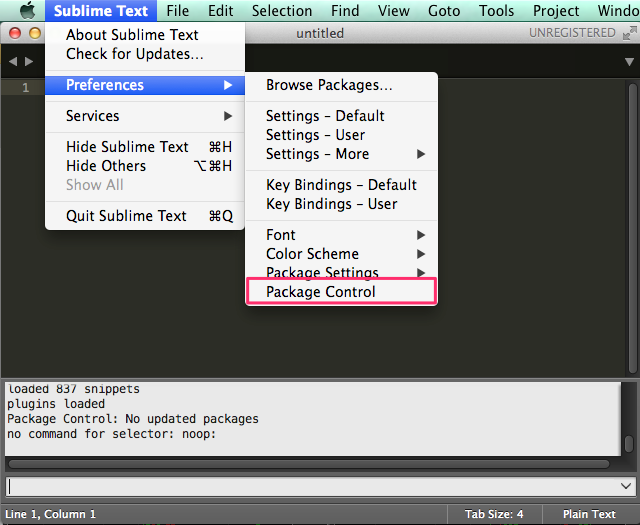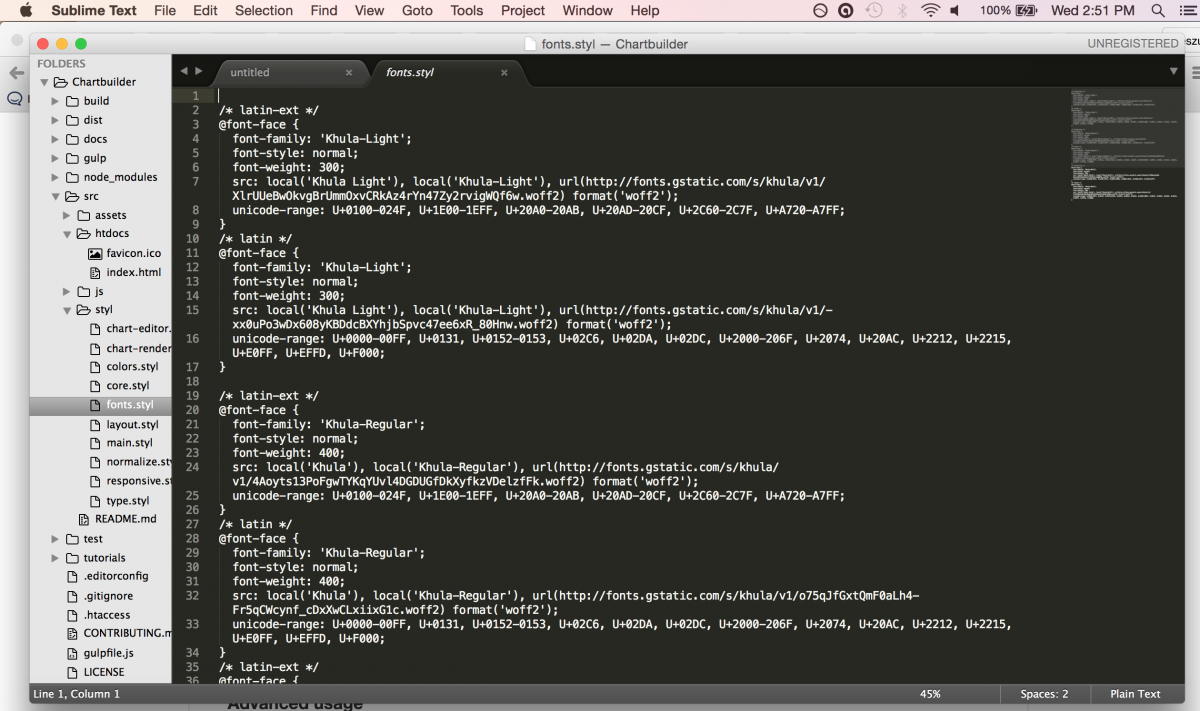

Snippet: WP Customize Add Control Upload.Tab trigger: wpCustomizerAddControlImage.Snippet: WP Customize Add Control Image.Tab trigger: wpCustomizerAddControlBasic.Snippet: WP Customize Add Control Basic.General Information WordPress Version: 4.6.0 Over time, I have built a good deal of such dev-workflow-automation packages for Sublime Text that I plan to share with the WordPress community, with this package being the first of many. Sublime Package Control GitHub Landing Page Right now, I have added all the core and advanced controls accompanied with Panels & Sections and customizer sanitization routines via WPTRT. To make things better I’ve started to build a WPCustomize Boilerplate, which will be my sandbox for customizer related experiments. WPCustomize Boilerplate is something that I will write about in an upcoming article but here’s a bit about it. Guess what WP Customizer is pretty much what you need to deal with and it is very easy, huge props to the customize component maintainers Weston Ruter, voldemortensen, Nick Halsey, Derek Herman and all the contributors. It was just that the information is so scattered that I always went for simple and to the point frameworks. Because after going through both Codex and Dev Reference, basic concepts of WordPress customizer were mundanely clear. I started to figure out what kept me away from using the official WP Customizer API. I found out that WP Customizer is not very commonly adopted because of the lack of enough documented examples. And then came a time when I felt I should probably go as native as I can to use WordPress APIs instead of such frameworks.

#Sublime text 3 package code#
I found myself reading more and more source code to keep up with their development. In the case of these frameworks, it quickly became hard to deal with the updates, backward compatibility, and then code quality especially concerning security.


 0 kommentar(er)
0 kommentar(er)
